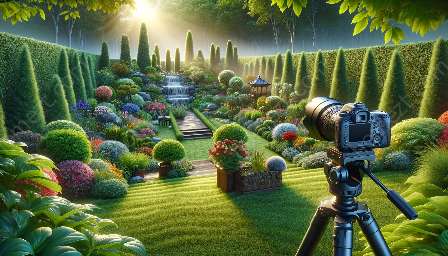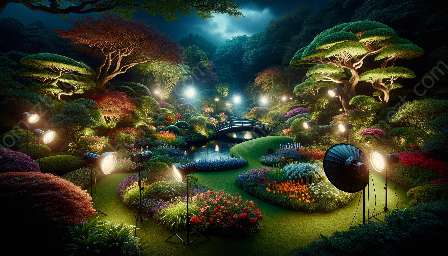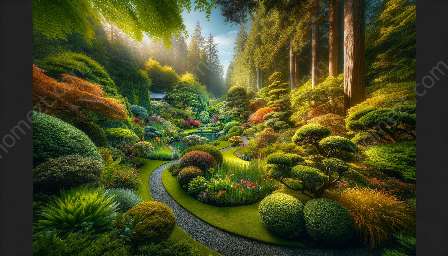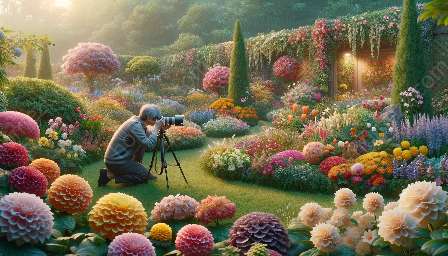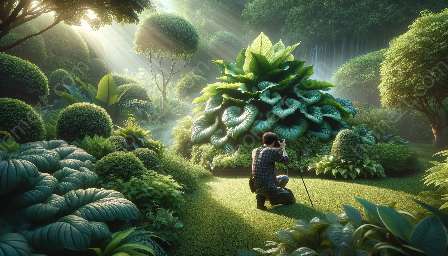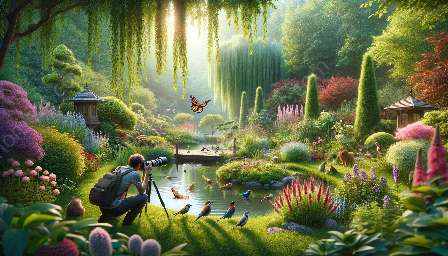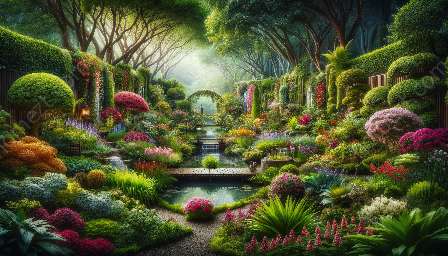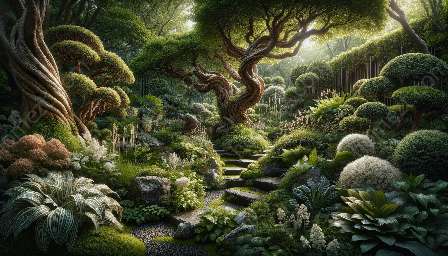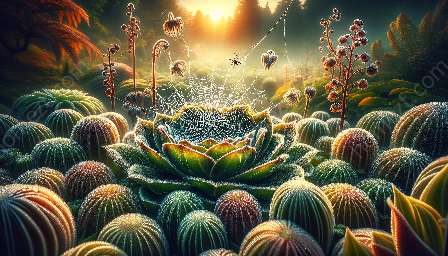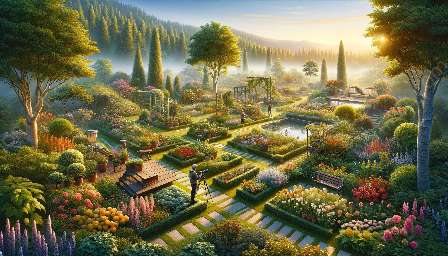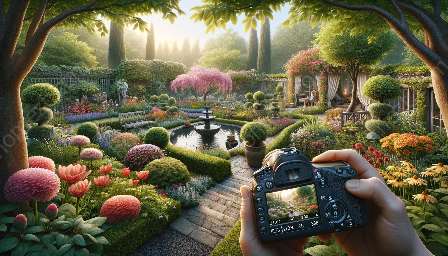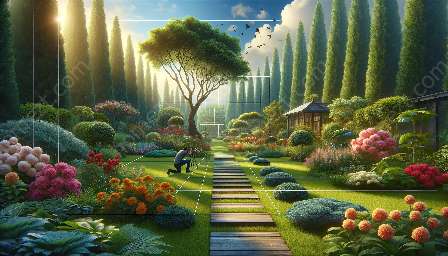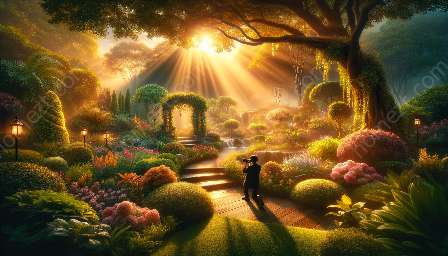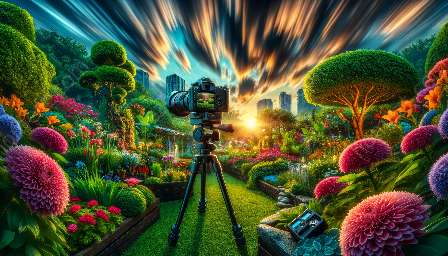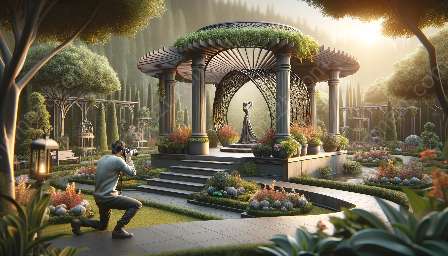When it comes to capturing the natural beauty of gardens and landscaping projects, choosing the right lenses is crucial for achieving stunning and impactful photographs. Whether you're a professional photographer or a gardening enthusiast looking to document your work, understanding the best lenses for the job can greatly improve the quality of your images.
Understanding the Role of Lenses
Lenses play a critical role in photography, determining the perspective, depth of field, and overall visual impact of an image. In the context of garden photography and landscaping, different lenses offer unique advantages for capturing the intricate details, textures, and expansive views that are characteristic of outdoor environments.
Best Lens Types for Garden Photography
1. Wide Angle Lens: A wide-angle lens is ideal for capturing expansive landscapes and panoramic views of gardens. It allows you to showcase the overall layout and design of a garden while emphasizing depth and scale.
2. Macro Lens: For close-up shots of flowers, plants, and intricate details within the garden, a macro lens is essential. It provides remarkable magnification and clarity, enabling you to showcase the delicate beauty of individual blooms and foliage.
3. Telephoto Lens: With a telephoto lens, you can capture distant subjects within the garden while maintaining a narrow depth of field. This lens is especially useful for photographing wildlife, birds, and other elusive elements in a garden setting.
Tips for Lens Selection and Usage
1. Consider the Lighting: Gardens often offer varying lighting conditions throughout the day, so it's important to choose lenses that can adapt to different light levels. For example, a fast prime lens may be suitable for low-light conditions, while a polarizing filter can enhance colors and reduce glare in bright sunlight.
2. Experiment with Perspectives: Don’t limit yourself to a single lens. Try different perspectives and focal lengths to capture the garden from various angles, emphasizing unique features and creating diverse compositions.
3. Stabilization and Support: Invest in a sturdy tripod and consider image stabilization features in lenses, especially for macro and telephoto photography. This can help reduce camera shake and ensure sharp, clear images.
Lens Selection for Landscaping Projects
Aside from photographing gardens, lenses also play a crucial role in documenting landscaping and hardscaping projects. Whether you're showcasing an intricate stone pathway, a beautifully designed pergola, or a meticulously landscaped lawn, the right lenses can emphasize the details and craftsmanship of your work.
Recommended Lenses for Landscaping
1. Tilt-Shift Lens: Tilt-shift lenses are excellent for correcting perspective distortion and emphasizing the vertical lines of structures in landscaping projects. They are particularly useful when photographing architectural elements within a garden or landscape.
2. Ultra-Wide Angle Lens: When capturing expansive landscaping designs or architectural features, an ultra-wide-angle lens can provide a dramatic perspective and encompass a wide field of view, accentuating the grandeur of the landscape.
Tips for Landscaping Photography
1. Utilize Depth of Field: Experiment with different aperture settings to control depth of field. A shallow depth of field can draw attention to specific elements, while a larger depth of field may be beneficial for showcasing the entirety of a landscaping project.
2. Frame the Composition: Use natural elements such as trees, plants, or pathways to frame your compositions. This can add depth and visual interest to your images, guiding the viewer's eye through the photograph.
3. Highlight Textures and Materials: When photographing landscaping materials such as stone, wood, or water features, consider using a macro lens to capture intricate textures and details, showcasing the craftsmanship and artistry of the project.
Conclusion
Choosing the right lenses for garden photography and landscaping is essential for capturing the beauty and intricacy of outdoor environments. By understanding the different types of lenses available and how they can be used to accentuate various elements within a garden or landscaping project, you can elevate the visual storytelling of your photographs and document the natural and man-made wonders found in these settings.

